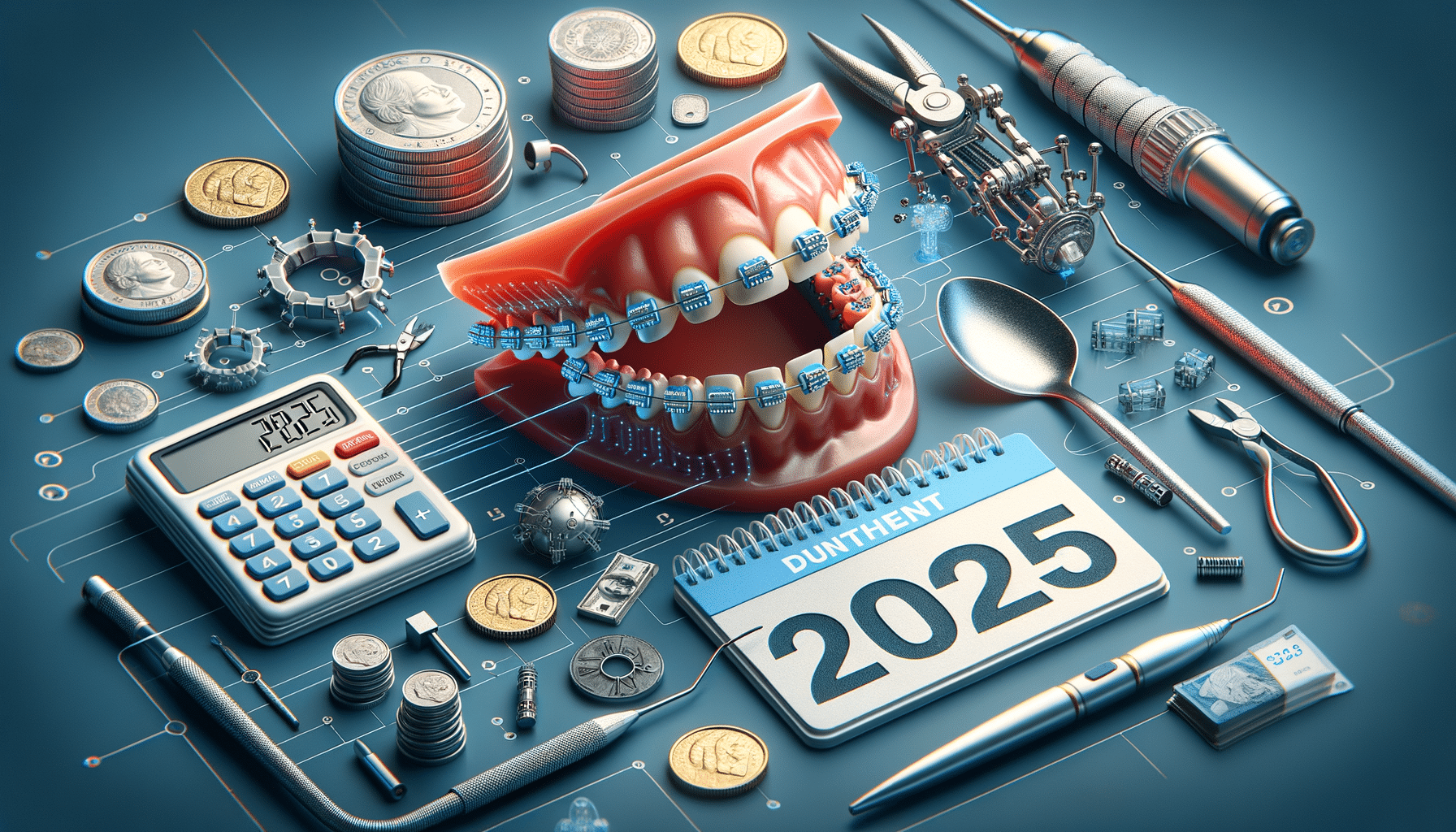
Understanding Dental Braces Pricing: What to Expect in 2025
Introduction to Dental Braces Pricing
Dental braces are a common solution for correcting misaligned teeth and improving oral health. As we approach 2025, understanding the pricing of dental braces becomes increasingly important for those considering orthodontic treatment. The cost of braces can vary significantly based on several factors, including the type of braces, the complexity of the dental issues, and the geographical location of the treatment. This article aims to provide a comprehensive overview of what to expect in terms of dental braces pricing in 2025, helping you make informed decisions about your orthodontic care.
Factors Influencing the Cost of Dental Braces
The cost of dental braces is influenced by a variety of factors. One of the primary determinants is the type of braces chosen. Traditional metal braces are generally more affordable compared to ceramic or lingual braces. Additionally, the complexity of the dental issues being addressed can impact the price. More severe misalignments often require longer treatment times and additional orthodontic appliances, which can increase the overall cost.
Geographical location also plays a significant role in pricing. Urban areas with a higher cost of living may have higher orthodontic fees compared to rural areas. Furthermore, the experience and reputation of the orthodontist can affect pricing, with more experienced professionals typically charging higher fees.
- Type of braces: metal, ceramic, lingual
- Complexity of dental issues
- Geographical location
- Experience of the orthodontist
Understanding these factors can help patients anticipate the potential costs and plan accordingly for their orthodontic treatment.
Comparing Different Types of Braces
There are several types of braces available, each with its own advantages and price points. Traditional metal braces are the most common and typically the least expensive option. They are highly effective for a wide range of dental issues.
Ceramic braces, on the other hand, are less visible due to their tooth-colored appearance, making them a popular choice for adults and teens concerned about aesthetics. However, they tend to be more expensive than metal braces.
Lingual braces offer a discreet option as they are placed behind the teeth. While they are nearly invisible, they are often the most costly due to the complexity of their placement and the customization required.
- Metal braces: Effective and affordable
- Ceramic braces: Aesthetic appeal
- Lingual braces: Discreet but costly
Choosing the right type of braces involves balancing cost, effectiveness, and personal preferences. Consulting with an orthodontist can help determine the best option for your specific needs.
Insurance and Payment Plans for Braces
Insurance coverage can significantly impact the out-of-pocket cost of dental braces. Many dental insurance plans offer partial coverage for orthodontic treatment, but the extent of coverage can vary. It is essential to review your insurance policy to understand what is covered and any limitations that may apply.
For those without insurance coverage, many orthodontists offer payment plans to make the cost of braces more manageable. These plans often involve spreading the payments over the duration of the treatment, reducing the financial burden on the patient. Additionally, some orthodontic practices offer discounts for upfront payments or multiple family members undergoing treatment simultaneously.
- Insurance coverage: Check policy details
- Payment plans: Flexible options available
- Discounts: Upfront payments or family plans
Exploring these financial options can help make orthodontic treatment more accessible and affordable for patients and their families.
Conclusion: Planning for Orthodontic Care in 2025
As we look towards 2025, understanding the factors that influence dental braces pricing is crucial for anyone considering orthodontic treatment. By exploring the different types of braces, assessing insurance coverage, and considering payment plans, patients can make informed decisions that align with their financial situation and treatment goals.
Orthodontic care is an investment in oral health and overall well-being. By planning ahead and being informed about the costs involved, you can ensure a smoother journey towards achieving a confident and healthy smile.

